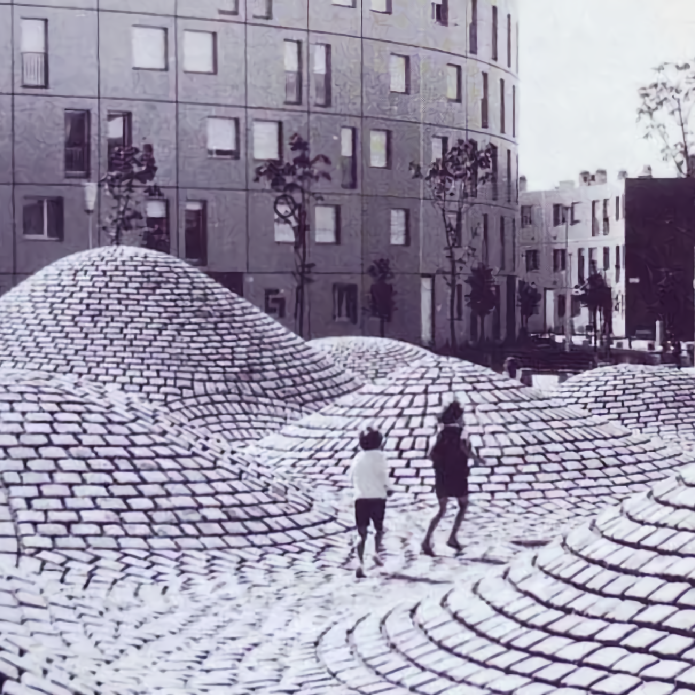VIENNA — At the edge of a wide, grassy park in Vienna, there’s a modern building with lots of windows and a sleek wood facade. For the past six years, Sebastian Schublach has lived here with his family in a light-filled four-bedroom apartment on the fourth floor.
Up on the roof, where Schublach can relax in the communal library with a view of the city and park, there are solar panels to reduce climate pollution. There’s a rooftop garden full of rosemary — the greenery helps keep the building cool in summer. Thick, insulated walls reduce the need for heating and cooling — Schublach’s apartment doesn’t even need an air conditioner. “It’s not cold in winter times. It’s not hot in summer times,” Schublach says. “It’s very comfortable.”
In the United States, high-quality, climate-friendly apartments like this are mostly rare and unaffordable, says Daniel Aldana Cohen, professor of sociology at the University of California, Berkeley and co-director of the think tank the Climate and Community Institute. But in Vienna, sustainable buildings like Schublach’s aren’t just affordable, they’re widespread. Schublach’s apartment is what the Viennese call “social housing” — housing that’s built or supported by the government. Now this social housing is a key driver of Vienna’s ambitious climate action.
We have been subsidizing our current housing techniques at the cost of power efficiency. It’s much harder to plan for and build something like this. Needs mainstream spotlight.


